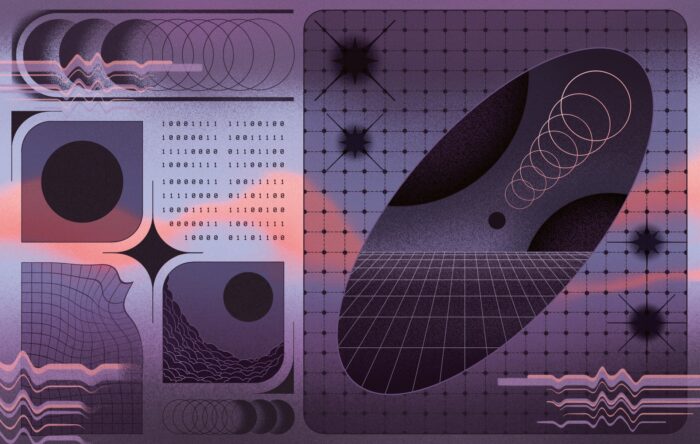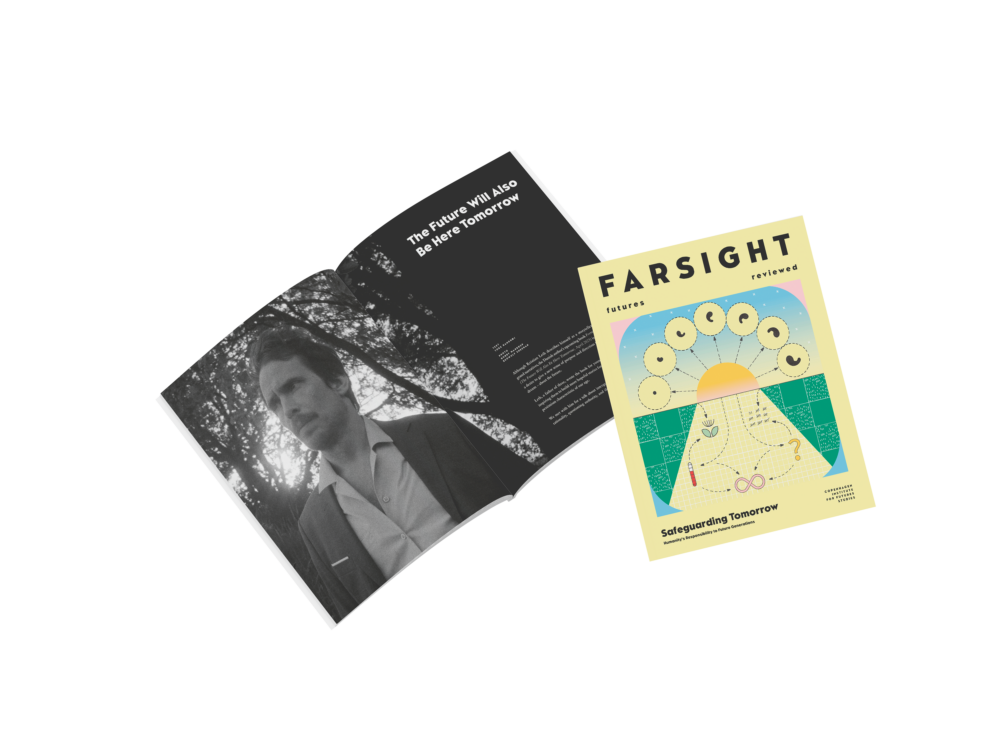
In turn, we use cookies to measure and obtain statistical data about the navigation of the users. You can configure and accept the use of the cookies, and modify your consent options, at any time.

Farewell to the Swipe?
‘Dating burnout’ is on the rise amid worries that the nuances of romance
are getting lost in an sea of algorithms.
It’s a recognisable story, we all know how it goes. You swipe, you match, you chat, maybe you meet up, maybe not – and the cycle repeats. All in the pursuit of the ‘one’. Online dating platforms, and their evolvement into dating apps were meant to make dating easier, more convenient, to solve our dating woes by making the ‘one’ available at the swipe of a fingertip.
Dating apps have quickly become the default way in which many meet their partners, and over the past decade or so being single has become almost synonymous with being active on dating apps. A survey conducted in the UK estimated that by 2040, 70% of couples will have had their initial meeting online. Many find the love of their life through these apps, and they give us access to thousands of other single people, supposedly making dating easier than it has ever been.
The pandemic exacerbated this trend with usage of dating apps reaching an alltime high. Tinder reported a record number of users and matches in 2020, with it being the busiest year in the app’s history. On March 29th, 2020, when most of the world was in full lockdown swing, Tinder’s swipe activity broke 3 billion in a day for the first time ever, with 42% more matches per Tinder user, and has remained sky high ever since. The uptake in dating app use during the pandemic is indicative of these apps performing as they have been designed to: making dating as convenient as possible during a time in which meeting in person became almost impossible.

Broaden your horizons with a Futures Membership. Stay updated on key trends and developments through receiving quarterly issues of FARSIGHT, live Futures Seminars with futurists, training, and discounts on our courses.
BECOME A FUTURES MEMBERChoice and wider access are two things that dating apps have given us unprecedented amounts of. Yet the easy and frictionless nature of online dating also has some downsides. A 2020 study in the US by Pew Research found that among individuals who had used dating apps in the preceding year, 45% had found the experience frustrating, compared to 28% who still held out hope for finding love online. A more recent study conducted in the US in 2022 found more than 78% of online daters aged 18-54 had experienced some degree of emotional fatigue or ‘dating burnout’ in the last year as a result of using dating apps.
There are even indications that the mental toll that app-based dating can have on some is significant. A study published in the academic journal BMC Psychology found that users of swipe-based dating apps report higher levels of depression, anxiety, and distress compared to those who do not use the applications. Although the researchers point out that causality between the two has not been determined, it suggests that something may be out of balance.
Finding a potential partner has never been easier, so why are so many left dissatisfied with this new world of swipe-based dating? Perhaps the problem lies in the technology itself, and the way it has removed some of the magic and excitement that used to be associated with dating. Could it be that the sheer number of potential partners available out there coupled with the gamified nature of dating apps means that we have stopped seeing people as whole and complex, and rather as convenient and disposable? This would certainly explain why many users are left feeling burned out.
Dating fatigue has already given rise to various countertrends both during and after the pandemic. These range from ‘mindful dating’ through which singles use apps more intentionally by limiting swiping and trying to focus on quality matches, to ‘conscious singleness’ where people are choosing to stay completely off the apps due to less-than-ideal experiences. Over 50% of singletons have chosen to take at least one of these approaches, at least once, reports the dating app Bumble. These countertrends seem to be a result of the pandemic allowing people to realise that it is okay to be alone, and when paired with the swipe fatigue experienced by daters, it goes to show the true extent to which many are dissatisfied with the impact that apps have had on their overall dating experience.
Traditionally, meeting a romantic partner occurred in a face-to-face setting, which made it easy to quickly determine both attraction and chemistry. That all changed with the rise of online dating. Although attraction is something that can be assessed through images – do you like the way someone looks or not? – chemistry (or lack of) is something that is much harder to replicate or determine digitally. In fact, there is evidence that the longer we spend chatting to potential partners online, the less likely we are to forge a connection in real life.
A study published in the Journal of Computer-Mediated Communication found that daters have more successful face-to-face interactions when they move onto this form relatively quickly. It suggests that those who wait too long before meeting “may risk developing idealised impressions that will be violated upon meeting,” which is a key difference between establishing initial contact in real life vs online. In the former case, impressions are formed quickly, romantic chemistry is established, and a person can be seen at face-value from the very start – there is little room to idealise them. In the latter case, there is plenty, as it is harder to gain a full picture of a person based purely on online interaction.
So, what does this mean? How do dating apps get around this problem? It is a tough question to answer, as the very way in which dating apps have been designed has been to prioritise the surface-level and to provide users with endless choice. For this to change, priorities would need to shift away from the idea of constant availability of potential partners, and towards fewer, more curated, and personalised matches that do not require an endless back and forth to determine chemistry. Although technology is certainly part of the problem, it could also present a solution. Dating apps in their current form may be too crude to facilitate chemistry and connection, but they could eventually evolve into something much more sophisticated where users are able to represent themselves more fully in real time.
This is something that might become the case as the metaverse develops, with users being able to present more true representations of themselves virtually, in real time. It is a possible scenario that has been explored by many, and quite notably in Netflix’s recent series ‘The Future Of’, which features an episode on the future of dating. The suggestion is that virtual technology can be used to mimic the very thing that it seems technology has taken away from dating: spontaneity and excitement. The function of apps may just be that of a matchmaker, one that gets to know its individual users and then places them in a virtual reality ‘date’ setting, which they can join from their respective homes. Neither knows anything about one another prior to this meeting, and it comes as close to the feeling of a real-life chance encounter as technology can mimic, with the added bonus of a greater guarantee of compatibility.
Of course, there are also some significant barriers on the way to a future where virtual dating has become as widespread as dating apps are today. Among them are the steep (although declining) cost of headsets, and the fact that the VR revolution is taking longer than once promised to get here. Add to that Meta’s recent struggles with getting their version of the metaverse off the ground, which hasn’t done much to build anticipation and hype – arguably, it has done the opposite. Dating in virtual worlds, although promising for the future, remains an exotic novelty today.
Still, the move towards virtual reality and the metaverse playing more the role of matchmaker may ultimately lead the pursuit of the ‘one’ to be somewhat less of an exhausting endeavour. It would mean that the focus shifts towards prioritising getting to know individual users intimately before suggesting potential matches, in order to successfully facilitate more genuine connections. Here we get away from the endless, tiring back and forth required to determine romantic chemistry online whilst simultaneously reducing the ‘disposability complex’ that app-based dating results in, by humanising individuals through focusing on fewer, better suited matches.
This is one of many solutions. The dating app market is already a five-billion dollar industry, with no signs of its growth slowing. The fusion of technology and dating in recent decades will continue to dictate how people form romantic relationships. Demand is always there, and the tech isn’t going anywhere – so why not use it to bring back some of the spontaneity, excitement, and authenticity of dating that was lost along the way?